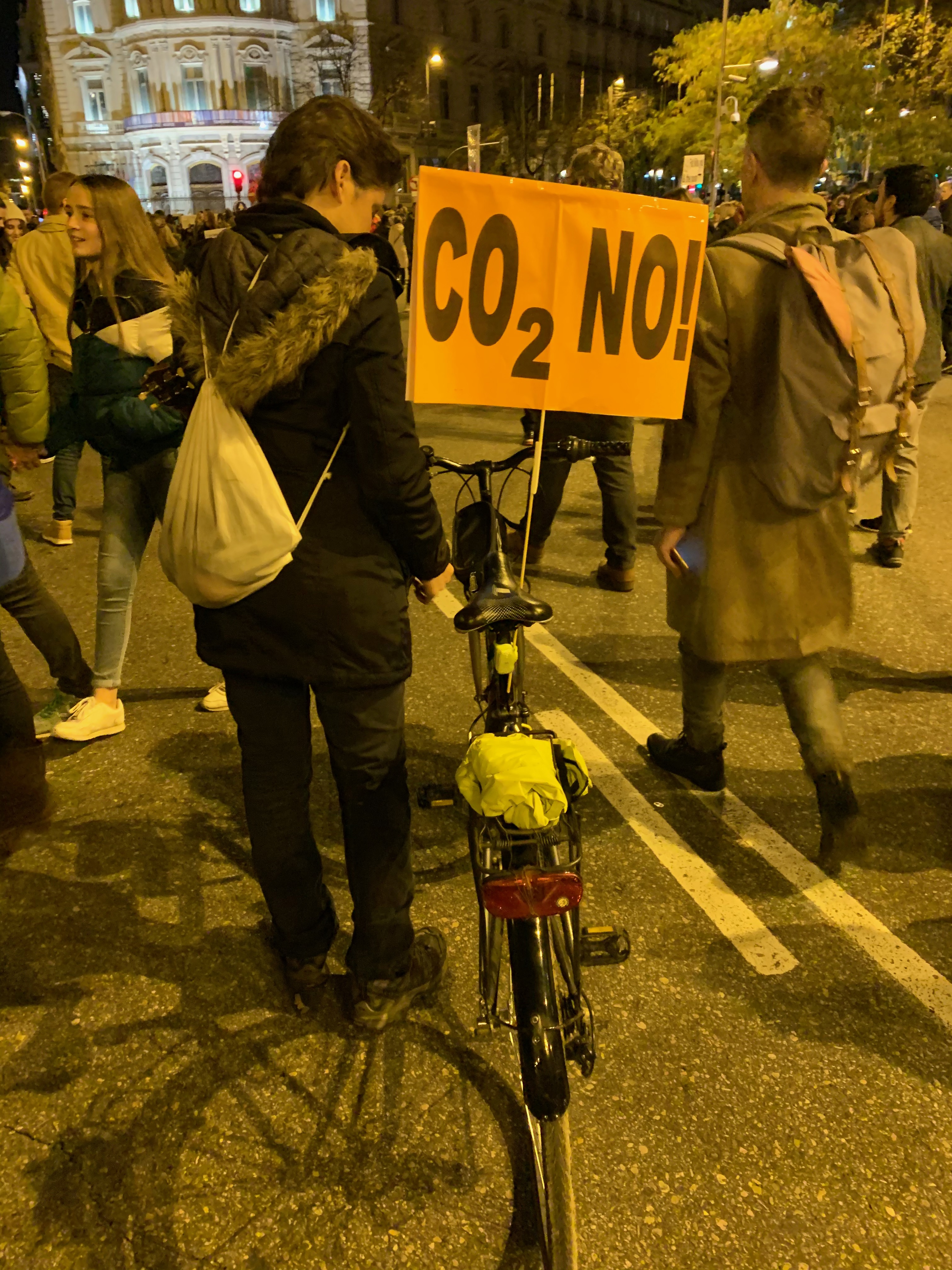
Fray Eduardo Agosta Scarel was interviewed by Rubén Cruz from VIDA NUEVA a Spanish Catholic journal, December 15, 2019.
An article is available at this site,
& in another printed article in VIDA NUEVA #3157, 14-20 DECEMBER 2019; retrieved from this site.